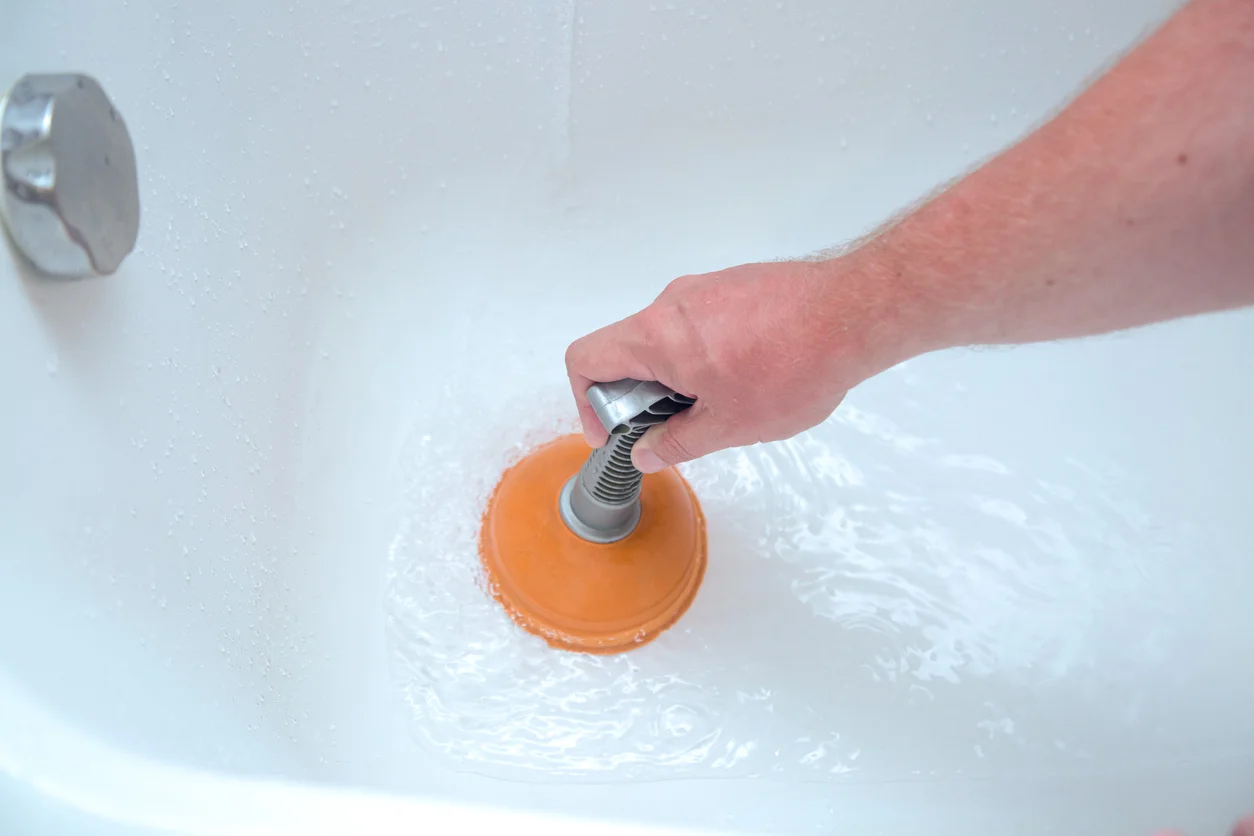Dealing with a slow-draining shower due to a clogged drain is a common household woe. While professional tools may come to mind, there are practical and affordable DIY methods that use items found right in your kitchen. In this comprehensive guide, we’ll delve into two effective approaches to unclog a shower drain without the need for specialized tools.
Using Household Ingredients:
Assess the Situation:
Before diving into any unclogging method, it’s crucial to assess the severity of the clog and inspect the drain for any visible blockages near the surface.
Boiling Water Method:
Boiling water is a simple yet powerful ally in unclogging drains. Start by boiling a pot of water and carefully pour it directly down the drain. This helps break down soap scum, grease, and other debris. Let it sit for a few minutes before testing the drain.
Baking Soda and Vinegar Solution:
This dynamic duo of household items is renowned for its cleaning properties. Begin by pouring half a cup of baking soda down the drain, followed by half a cup of vinegar. Cover the drain immediately to contain the fizzing reaction. After at least 15 minutes, flush the drain with hot water to wash away the dissolved debris.
Salt and Hot Water:
For this method, pour half a cup of salt down the drain and let it sit for a few minutes. The salt acts as a natural abrasive, helping to break down blockages. Follow this with a pour of boiling water to flush out the dislodged material, leaving your drain clearer.
Prevention Tips:
To prevent future clogs, incorporate these methods into your regular cleaning routine. Performing these steps once every few weeks can help maintain a free-flowing drain and prevent the accumulation of debris.
Manual Methods with No Special Tools:
Remove Visible Debris:
Often, the culprit for a clogged drain is easily visible. Use your hands or a paper towel to remove any hair or debris that’s easily accessible near the drain surface. This simple step can significantly improve drainage.
Create a DIY Hook:
In cases where the clog is deeper, fashion a DIY hook using a wire hanger or a similarly flexible item. Straighten the hanger and create a small hook at one end. Gently insert the hook into the drain, maneuvering it to latch onto any hair or debris. Once hooked, carefully pull out the material causing the obstruction.
Boiling Water Rinse:
After manually removing visible debris, perform a boiling water rinse. Boil a pot of water and pour it directly down the drain. This will help dislodge and flush out any remaining residue from the drain pipes.
Follow-up with Baking Soda and Vinegar:
To ensure a thorough clean, follow up with the baking soda and vinegar solution as described in the first method. This will help eliminate any remaining build-up and leave your drain smelling fresh.
Prevention Tips:
Consistent manual cleaning of the drain, especially if you have a lot of hair going down it, can significantly reduce the likelihood of clogs. Make this a part of your regular cleaning routine to maintain a trouble-free drain.
FAQs:
Q1: Can I use cold water instead of hot water?
A: While hot water is more effective, warm water can be used if boiling water is not accessible.
Q2: How often should I clean my drain preventively?
A: Aim to clean your drain preventively every one to two weeks to avoid buildup.
Q3: Can I use any type of salt for the salt and hot water method?
A: Yes, any type of salt can be used for this method.
Conclusion:
With these easy and cost-effective DIY methods, unclogging a shower drain becomes a manageable task. Regular maintenance is key to ensuring a smoothly flowing drain, preventing inconveniences, and preserving the longevity of your plumbing. By incorporating these methods into your routine, you can enjoy a consistently efficient and trouble-free shower experience.

A group of home improvement enthusiasts and bathroom design experts, combines in-depth knowledge and a shared passion to deliver engaging, informative content that guides readers through the world of bathroom innovation and style.

Leave a Reply